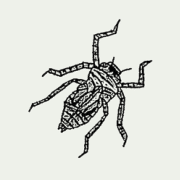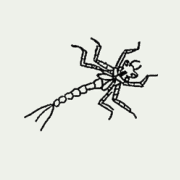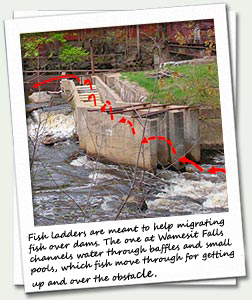 |
 |
||||||
|
Science: River Life - Fish Fish are animals well-suited for living underwater. Gills allow them to breath in a low oxygen environment. Fins help them move around with speed and agility. And various other adaptations enable fish to see and to smell and to feel vibrations, which is particularly useful for finding find food and avoiding predators.
Local anglers enjoy catching fish in the Concord River, including smallmouth bass and common carp. The carp are invasive species, however, and can cause extensive damage to aquatic vegetation and other wildlife populations. Biological indicators suggest that water quality in the Concord is good, an improvement from many years ago, when factories and mills and residents dumped their waste there without restraint. Some pollution still enters the waterway and its soils though. These contaminates accumulate and magnify as they reach upper levels of the food chain (bioaccumulation) and may cause health problems in wildlife and humans alike.
Fish that regularly migrate are anadramous. Although people have long-relied on anadramous fish for food, they also have been making their migration more and more difficult, greatly reducing their numbers. Alewife, for example, used to travel from their winter homes in the Atlantic Ocean, up the Merrimack River, and into areas of the Concord River. Their goal was to get beyond Lowell, where they would spawn (reproduce) during early spring. But dams across the rivers, used to make power for mills and generate electricity, create high walls that block the fish, reducing their chances of spawning and disrupting the food chain.
|
||||||||



